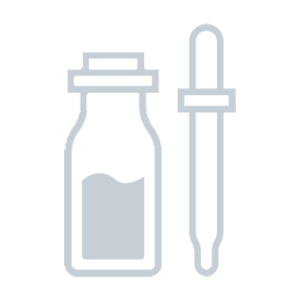Comparison between Vivier Nightly Age-Defying Moisturizer vs. Vivier Derma-V
Find out which product is better for your skin.
Ingredients in both products 14
Components only in Vivier Nightly Age-Defying Moisturizer 28
Uniqueness: 66.7%
Components only in Vivier Derma-V 32
Thermus Thermophillus Ferment, Potassium Sorbate, Hea/sodium Acryloyldimethyltaurate/steareth-20 Methacrylate Copolymer, C13-C14 Isoparaffin, Polysorbate 80 and 27 more. Show all.
Uniqueness: 71.1%
Face to Face
Components position by position
1
Water
1
Water
2
Cetyl Alcohol
2
Glycerin
3
Glyceryl Stearate SE
3
Thermus Thermophillus Ferment
4
PEG-75 Stearate
4
Phenoxyethanol
5
Ceteth-20
5
Potassium Sorbate
6
Steareth-20
6
Hea/sodium Acryloyldimethyltaurate/steareth-20 Methacrylate Copolymer
7
Squalane
7
C13-C14 Isoparaffin
8
Dicaprylyl Carbonate
8
Polysorbate 80
Show others
Positive Effects
Find out what good effects the product has
Both products provide the following effects: Antioxidant, UV Protection, Moisturizing, Cleansing, Softening, Anti-aging, Elasticity improvement, Rejuvenation, Antifungal, Antiseptic, Deodorant, Tones up skin, Regeneration, Hair conditioning, Hair structure improvement, Hair gloss, Hair growth stimulating, Hair follicle nutrition
Effects unique for Nightly Age-Defying Moisturizer:
Acne fighting, Pore Shrinking, Soothing, Lifting, Healing, Nutrifying, Hair strengtheningEffects unique for Derma-V:
Protection, Hair protection-- Show more --
ECO Metrics
Find out how eco-friendly the components are
Vegan
No
No
Cruelty free
No
No
Reef safe
Yes
Yes
Ozone layer safe
Yes
Yes
Organic score
natural
16 out of 42
38%
chemical
19 out of 42
45%
natural
10 out of 45
22%
chemical
23 out of 45
51%
Concerns
Pay attention to this information
-- Extra information --
Components by Skin Type
Find out what components are good or bad for your skin type
Dry skin
Positive: 6Negative: 0
Tocopherol#17Glycerin#20Persea Gratissima (Avocado) Oil#27Propylene Glycol#28Sodium Hyaluronate#33Allantoin#35
Oily skin
Positive: 2Negative: 3
Calendula Officinalis (Pot Marigold) Flower Extract#16Allantoin#35Glyceryl Stearate SE#3Glycine Soja (Soybean) Oil#15Persea Gratissima (Avocado) Oil#27
Sensitive skin
Positive: 1Negative: 0
Allantoin#35
Dry skin
Positive: 5Negative: 0
Glycerin#2Butylene Glycol#22Propylene Glycol#291,2-Hexanediol#35Sodium Hyaluronate#42
Oily skin
Positive: 0Negative: 0
Sensitive skin
Positive: 0Negative: 0

